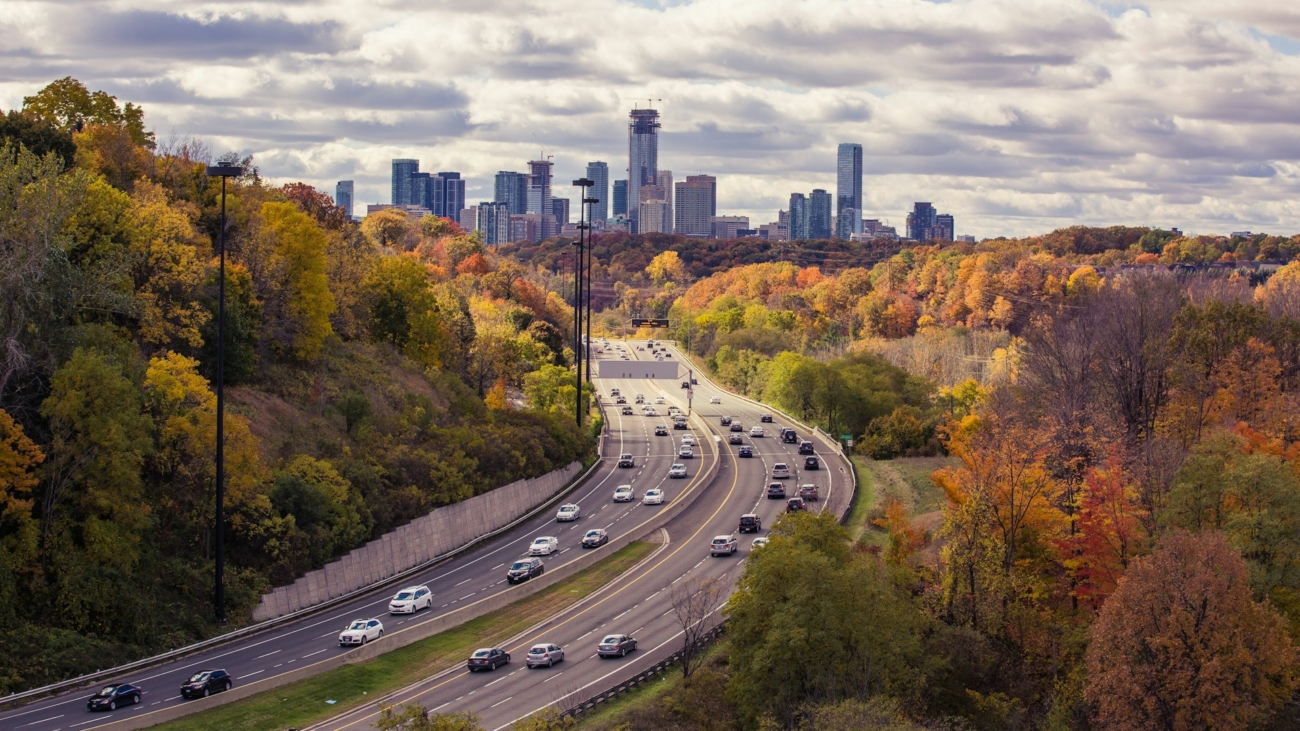In the quest to create smarter, more livable cities, controlling noise pollution has become a critical aspect of urban planning. Public transportation, a backbone of urban mobility, is a significant contributor to urban noise. This article explores how smart cities can implement noise-reducing technologies in public transportation systems and monitor noise levels in real-time to create quieter, more comfortable urban environments.
The Challenge of Public Transportation Noise
Public transportation systems, including buses, trains, trams, and metros, are essential for reducing traffic congestion and lowering carbon emissions. However, they also contribute significantly to urban noise pollution. The noise from engines, braking systems, and passenger activities can affect the quality of life for residents and commuters, leading to health issues such as stress, sleep disturbances, and hearing problems.
Noise-Reducing Technologies in Public Transportation
- Quiet Electric Buses: Transitioning from traditional diesel engines to electric buses can significantly reduce noise levels. Electric buses are quieter, with noise levels reduced by up to 15 dB compared to their diesel counterparts. Additionally, electric buses produce less vibration, contributing to a quieter urban environment.
- Noise-Optimized Train Wheels and Tracks: Train noise, primarily caused by the interaction between wheels and tracks, can be mitigated using noise-dampening wheels and tracks. Technologies such as rubber-coated wheels and noise-absorbing track materials can significantly reduce the noise produced by trains.
- Acoustic Barriers: Installing acoustic barriers along railway lines and bus routes can help to shield nearby residential areas from noise. These barriers can be made from materials that absorb sound rather than reflect it, providing effective noise control.
- Soundproofing Public Transport Vehicles: Enhancing the soundproofing of buses, trams, and trains can reduce the transmission of noise both inside and outside the vehicles. This can be achieved by using sound-absorbing materials in vehicle construction and adding insulation to critical areas.
- Quiet Zones in Stations: Establishing quiet zones in train and bus stations can help manage noise levels in these often noisy environments. These zones can be equipped with sound-absorbing materials and designed to minimize noise from announcements and passenger activities.
Real-Time Noise Monitoring
Implementing real-time noise monitoring systems is crucial for managing and mitigating noise pollution in public transportation. These systems use a network of sensors strategically placed along transport routes and in vehicles to continuously monitor noise levels.
- Noise Sensors on Vehicles: Installing noise sensors on buses, trains, and trams allows for continuous monitoring of the noise they produce. This data can be used to identify noisy routes and times of day, enabling targeted noise reduction strategies.
- Stationary Noise Sensors: Placing stationary noise sensors along transport routes and in stations provides comprehensive data on noise levels in different areas. This information can be used to develop noise maps, identifying hotspots and areas needing intervention.
- Data Analytics and AI: Integrating noise data with advanced analytics and artificial intelligence (AI) can help predict and manage noise pollution more effectively. AI algorithms can analyze noise patterns, identify sources, and suggest optimal noise reduction measures.
- Public Awareness and Engagement: Providing real-time noise level information to the public through apps and digital displays can raise awareness and encourage quieter behavior. For example, passengers might be more mindful of their noise levels if they see real-time data indicating that their noise is contributing to pollution.
Conclusion
Managing noise pollution in public transportation is a multifaceted challenge that requires a combination of technological innovation and strategic planning. By implementing noise-reducing technologies and real-time monitoring systems, smart cities can create quieter, more comfortable environments for their residents and commuters. As urban populations continue to grow, these strategies will be essential for building sustainable and livable cities.
The future of urban noise management lies in integrating technology with urban planning to create harmonious living spaces where public transportation is both efficient and quiet.

